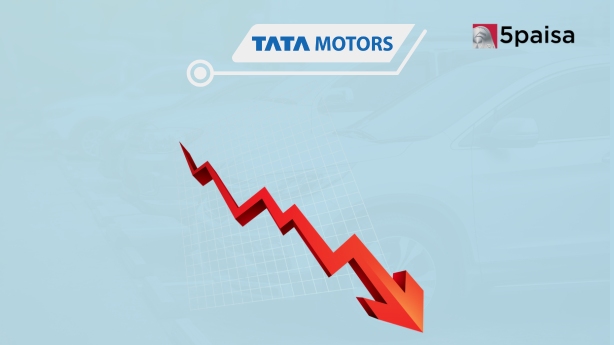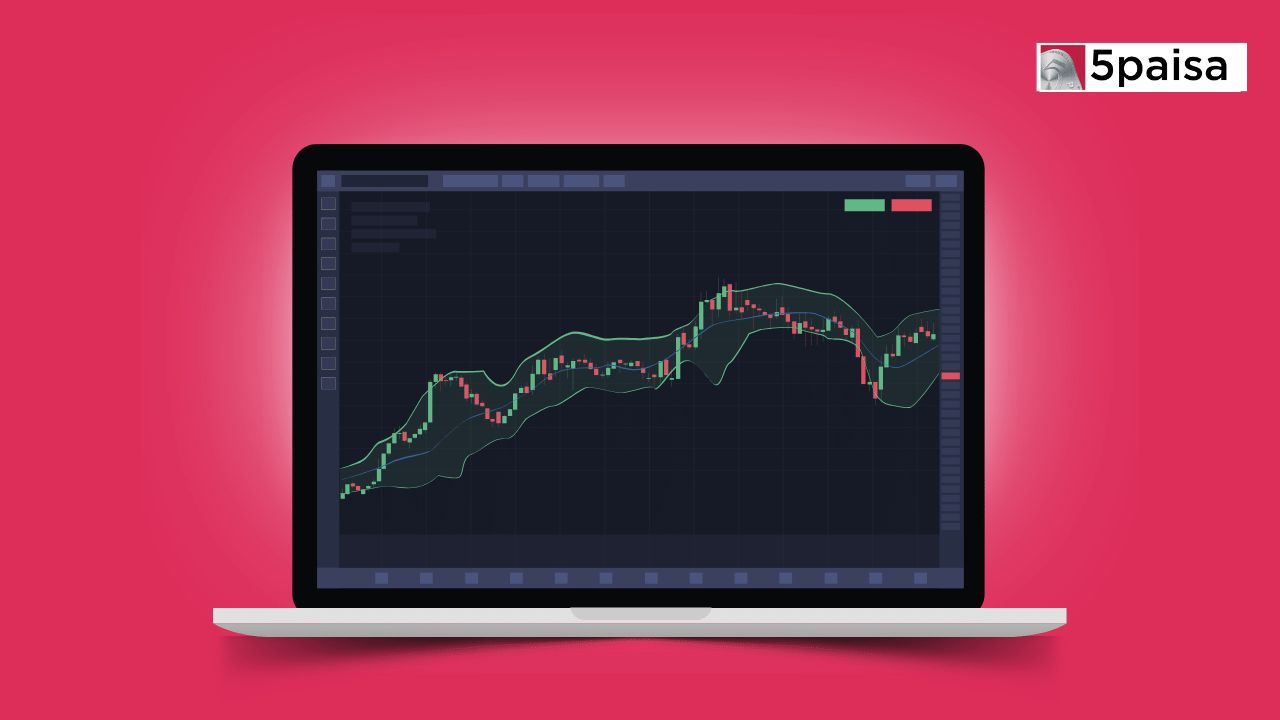iThe current values are delayed, open demat account for live values.
Nifty 500
Nifty 500 Performance
-
Open
20,792.05
-
High
20,903.35
-
Low
20,616.60
-
Prev Close
20,831.10
-
Dividend Yeild
1.26%
-
P/E
22.89
Nifty 500 Chart

Color code for Stocks Performance
- 5% and above
- 5% to 2%
- 2% to 0.5%
- 0.5% to -0.5%
- -0.5% to -2%
- -2% to -5%
- -5% and below
Constituent Companies
| Company | Market Cap | Market Price | Volume | Sector |
|---|---|---|---|---|
| ACC Ltd | ₹35375 Cr |
₹1881.8
(0.4%)
|
337566 | Cement |
| Aegis Logistics Ltd | ₹26274 Cr |
₹749.85
(0.87%)
|
3578695 | Trading |
| Apollo Tyres Ltd | ₹25969 Cr |
₹408.65
(1.47%)
|
1452463 | Tyres |
| Ashok Leyland Ltd | ₹65250 Cr |
₹222.53
(2.23%)
|
7335969 | Automobile |
| Asian Paints Ltd | ₹216510 Cr |
₹2257.6
(1.48%)
|
1361327 | Paints/Varnish |
Nifty 500 Sector Performance
Top Performing
| Sector Name | Percentage Change |
|---|---|
| Ceramic Products | 0.01 |
| Dry cells | 2.46 |
| Real Estate Investment Trusts | 0.52 |
| Paints/Varnish | 0.6 |
Under Performing
| Sector Name | Percentage Change |
|---|---|
| Diamond, Gems and Jewellery | -1.56 |
| IT - Hardware | -0.49 |
| Leather | -0.67 |
| Healthcare | -0.4 |
NIFTY 500
The Nifty 500 Index is India’s first broad-based stock market index, designed to capture the performance of the top 500 companies listed on the National Stock Exchange (NSE). Representing approximately 96% of the market's free-float capitalization, the index provides a comprehensive overview of the Indian economy across 72 industry sectors. The Nifty 500 is calculated using a free-float market capitalization-weighted methodology, ensuring that each company's weight in the index reflects its market value based on publicly traded shares.
This index serves as a vital benchmark for fund managers, investors, and financial product developers, offering diversification across large, mid, and small-cap companies. Regular reviews and rebalancing keep the index aligned with market trends, making it an essential tool for portfolio management and the creation of financial products like ETFs and index funds. The Nifty 500 has become a cornerstone of the Indian financial market, reflecting the evolving landscape of the nation's economy.
What is the Nifty 500 Index?
The NIFTY 500 index is India’s first broad-based stock market index, comprising the top 500 listed companies on the National Stock Exchange (NSE). It represents approximately 96.1% of the free float market capitalization and 96.5% of the total turnover on the NSE. The index is divided into 72 industry indices, with industry weights reflecting their representation in the overall market.
For instance, if banking stocks make up 5% of the market, they would also constitute around 5% of the NIFTY 500. The index is widely used for benchmarking fund portfolios, and launching index funds, ETFs, and other financial products.
How is the Nifty 500 Index Value Calculated?
The NIFTY 500 Index is calculated using the free-float market capitalization method, which means the index level reflects the total market value of all the stocks in the index based on the shares that are available for public trading. Unlike full market capitalization, which includes all outstanding shares, free-float market capitalization only considers shares that can be freely traded on the market, excluding those held by promoters, governments, or other restricted categories.
This method ensures that the index accurately represents the investable portion of the market, giving a more realistic view of the market's performance. The index level is determined by comparing the current total free-float market value of the index's constituent stocks to a specific base period. This approach helps in capturing the market dynamics and provides a relevant benchmark for investors looking to track the broader Indian stock market.
Nifty 500 Scrip Selection Criteria
Eligibility Criteria for Selection of Constituent Stocks in the Nifty 500 Index:
● Only equity shares listed on the NSE are eligible. Convertible stocks, bonds, warrants, rights, and preferred stocks with fixed returns are excluded.
● Companies must be within the top 800 based on both average daily turnover and full market capitalization over the previous six months.
● Companies must have traded on at least 90% of the days during the previous six-month period.
● Companies are included if their rank based on full market capitalization is within the top 350.
● Companies are included if their full market capitalization is at least 1.50 times that of the smallest constituent in the Nifty 500.
● Companies are excluded if their rank based on full market capitalization falls below 800.
● A minimum listing history of 1 month as of the cutoff date is required for inclusion.
How does Nifty 500 work?
The Nifty 500 Index is designed to capture the performance of the top 500 companies listed on the National Stock Exchange (NSE), representing a broad spectrum of the Indian stock market. The index uses a free-float market capitalization-weighted methodology, meaning that each company's weight in the index is determined by the value of its shares available for public trading. This approach ensures that the index reflects the market value of its constituent stocks accurately.
To maintain its relevance, the Nifty 500 undergoes regular reviews, with companies added or removed based on specific criteria, such as market capitalization, trading frequency, and overall market representation. The index is divided into 72 industry sectors, and the weight of each industry in the index mirrors its weight in the overall market. This structure allows the Nifty 500 to serve as a comprehensive benchmark for the Indian stock market, making it useful for benchmarking fund portfolios and launching financial products like ETFs and index funds.
What are the Benefits of Investing in the Nifty 500?
Investing in the Nifty 500 Index offers several advantages, particularly for those seeking broad exposure to the Indian stock market. The index includes the top 500 companies listed on the National Stock Exchange (NSE), covering about 96% of the market's free-float capitalization. This extensive coverage provides diversification across various sectors and industries, reducing the risk associated with investing in individual stocks.
The Nifty 500 is a balanced index, representing large, mid, and small-cap companies, allowing investors to benefit from the stability of established firms while capturing the growth potential of emerging companies. Additionally, the index is regularly reviewed and updated to ensure it reflects the most relevant companies in the market, keeping it aligned with current economic conditions. As a result, the Nifty 500 is an effective benchmark for portfolio management and a reliable tool for launching ETFs, index funds, and other structured financial products.
What is the History of the Nifty 500?
The Nifty 500 Index was introduced by the National Stock Exchange (NSE) to provide a comprehensive benchmark that captures the broad performance of the Indian stock market. The Nifty 500 was designed to include the top 500 companies listed on the NSE, representing a significant portion of the market's total capitalization. The index was created to offer investors a broad-based view of the Indian economy, covering a diverse range of sectors and industries.
Over the years, the Nifty 500 has evolved to reflect the changing dynamics of the Indian market. It has become a key benchmark for fund managers, investors, and financial product developers. The index is regularly reviewed and rebalanced to ensure it remains representative of the most relevant and liquid stocks in the market. Today, the Nifty 500 serves as a vital tool for assessing the overall health and performance of the Indian stock market, making it an essential component of the country's financial landscape.
Other Indices
| Indices Name | Price | Price Change (% change) |
|---|---|---|
| India VIX | 14.53 | -0.15 (-1.02%) |
| Nifty 10 Yr Benchmark G-Sec | 2477.38 | -3.81 (-0.15%) |
| Nifty 10 Yr Benchmark G-Sec (Clean Price) | 893.06 | -1.58 (-0.18%) |
| Nifty 100 | 23274.05 | -137.35 (-0.59%) |
| Nifty 100 Alpha 30 Index | 16085.8 | -230.85 (-1.41%) |
Faqs
How To Invest in Nifty 500 Stocks?
To invest in Nifty 500 stocks, start by opening a Demat and trading account. Research the 500 companies listed in the Nifty 500 Index and select the stocks you wish to invest in. Place buy orders through your trading account, and monitor your investments regularly to stay informed about market trends.
What are Nifty 500 stocks?
Nifty 500 stocks are the top 500 companies listed on the National Stock Exchange (NSE), representing a broad cross-section of the Indian economy. These stocks span various sectors and include large, mid, and small-cap companies, making the Nifty 500 Index a comprehensive benchmark for the Indian stock market.
Can you trade shares on Nifty 500?
Yes, you can trade shares of companies listed in the Nifty 500 Index. These stocks are actively traded on the National Stock Exchange (NSE), allowing you to buy and sell them during market hours through a Demat and trading account, just like any other listed stocks on the exchange.
In which year was the Nifty 500 Index launched?
The Nifty 500 Index uses 1995 as the base year and was launched by the National Stock Exchange (NSE) to provide a comprehensive benchmark for the Indian stock market, covering the top 500 companies.
Can we buy Nifty 500 and sell it tomorrow?
Yes, you can buy shares of companies listed in the Nifty 500 Index and sell them the next day. It can be done through a Demat and trading account during market hours.
Latest News

- Feb 21, 2025
Indian stock markets ended in the red as key indices faced pressure from auto and financial stocks. The Sensex fell 424 points to close at 75,311, while the Nifty slipped 117 points to end at 22,795. The sell-off was led by the auto sector, which tanked 2.5% following reports of a potential reduction in import duties on EVs.

- Feb 21, 2025
The ownership structure of India Inc. is experiencing a significant transformation, with foreign portfolio investors (FPIs) reaching their lowest stake in NSE-listed companies in 13 years. In contrast, domestic mutual funds (MFs) and retail investors are making substantial gains.

- Feb 21, 2025
Amid reports of senior executives departing Tata Motors Ltd. ahead of its planned demerger, the company’s stock faced significant selling pressure during Friday’s early trading session. Tata Motors' share price opened lower at ₹686 per share on the NSE and quickly dropped to an intraday low of ₹673.30 within the first hour of trading.

- Feb 21, 2025
Regulated entities must cultivate the necessary capabilities to adapt to and adhere to evolving regulations, stated Rajeshwar Rao, deputy governor of the Reserve Bank of India (RBI), on February 21. As financial institutions increasingly adopt artificial intelligence (AI), cloud computing, and API-driven finance, the demand for strong governance frameworks and risk management strategies has never been more critical, he noted.
Latest Blogs
Introduction to Ashish Kacholia Ashish Kacholia's financial journey began in the 1990s. He gained valuable experience at firms like Prime Securities and Edelweiss before founding Lucky Securities in 1995. In 1999, he co-founded Hungama Digital with Rakesh Jhunjhunwala, showcasing his ability to spot emerging trends.
- Oct 10, 2025

Navigating the numerous banking options in India is essential for individuals and businesses alike. The best banks in India go beyond traditional banking, offering a wide array of financial services that play a crucial role in the country's economic stability. From innovative digital banking solutions to comprehensive investment and loan offerings, these famous banks in India serve as reliable financial partners.
- Apr 14, 2025


Nifty Prediction for 24th February Another weak day for the NIFTY as it falls 0.6% and closes marginally below 22800. Auto stocks corrected sharply on concerns over a new EV policy that could increase competition. M&M was the top loser at -6%. TATAMOTORS also corrected 2.5%. ADANIPORTS AND WIPRO were among the other top losers. On the other hand, HINDALCO, SBILIFE AND TATASTEEL bucked the trend and were up 2-2.5%. ADR was weak at 0.3 and indicates a broadbased correction.
- Feb 21, 2025
